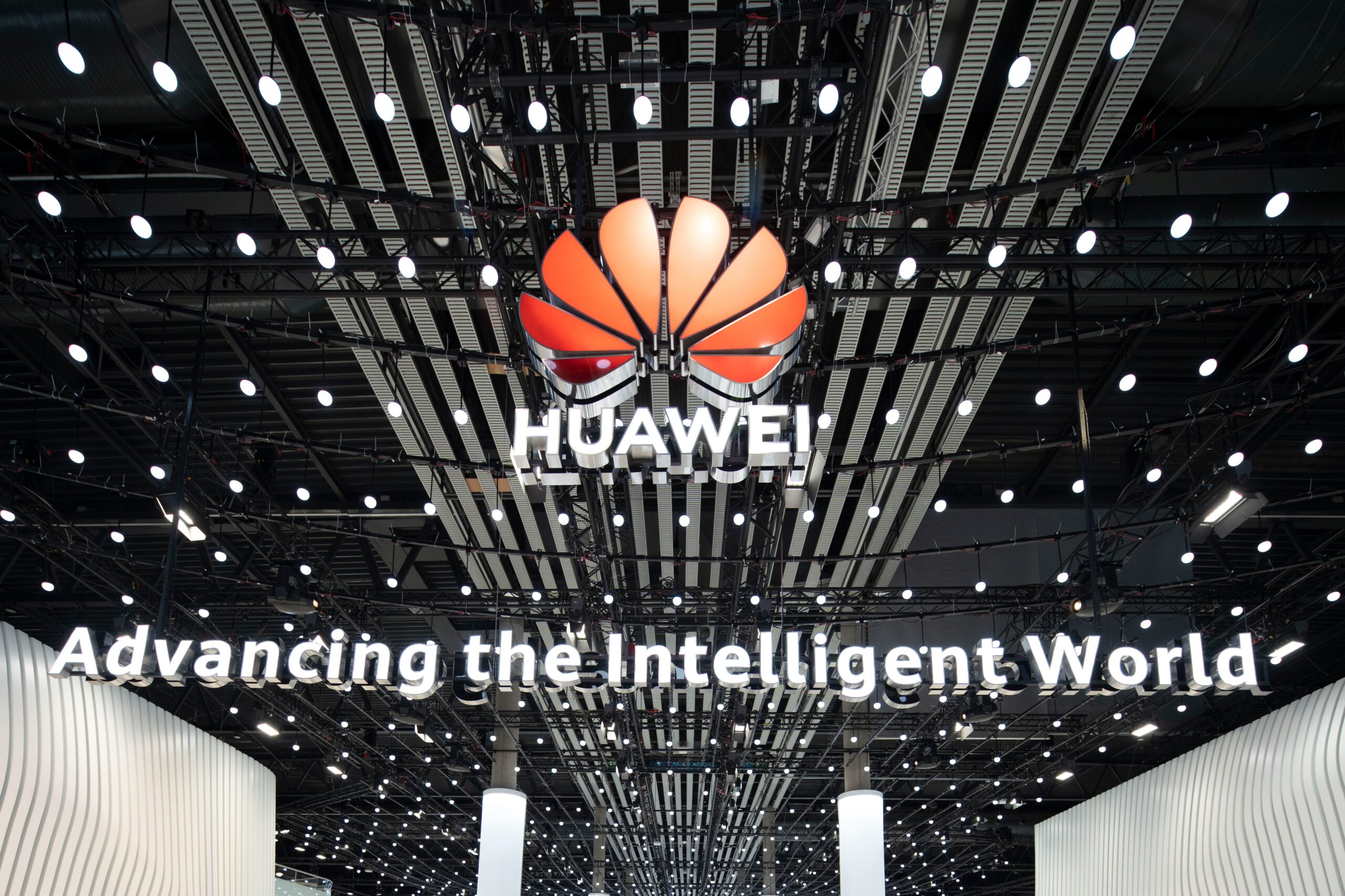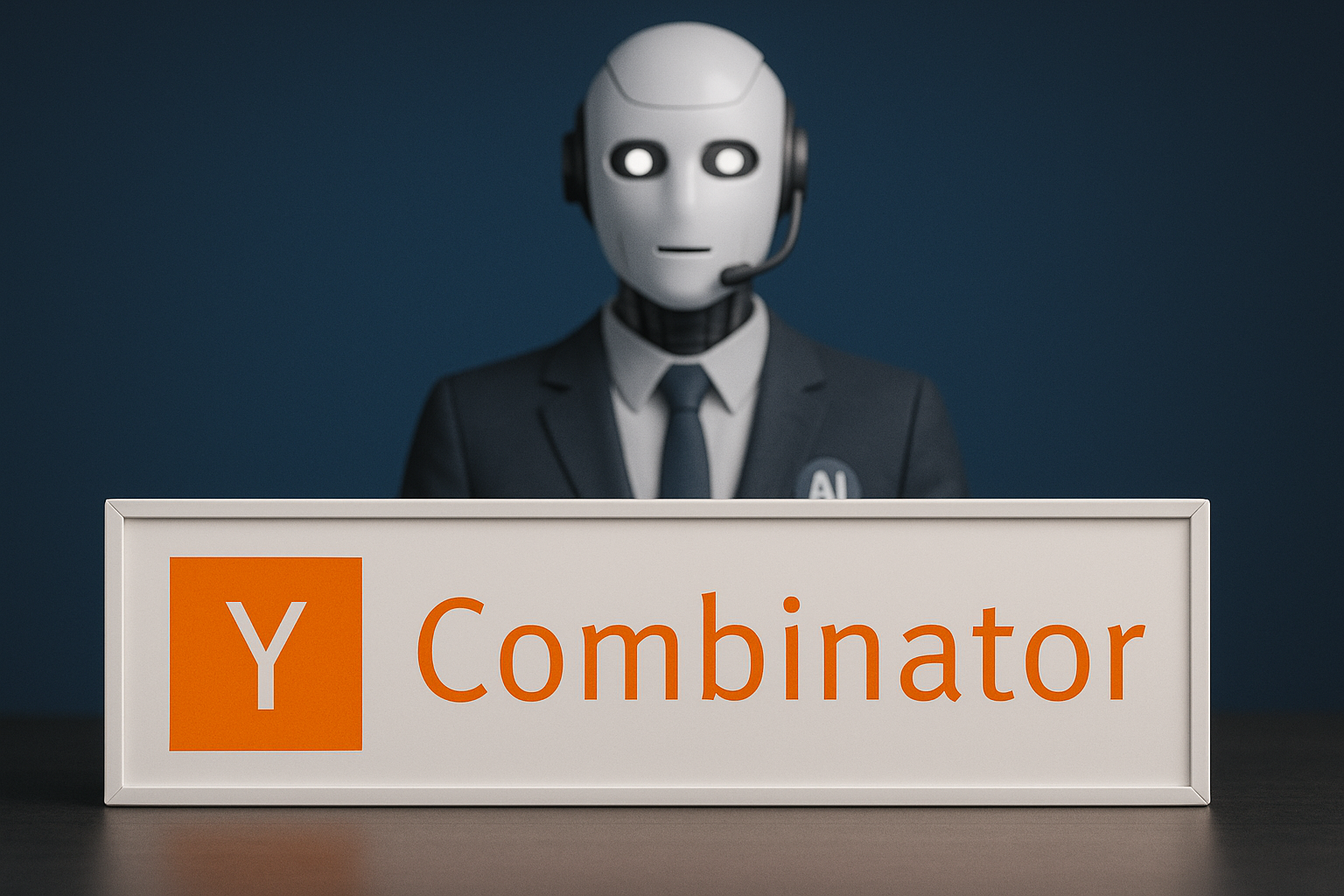Huawei SuperNode 384: A New Contender in the AI Hardware Arena
For a long time, when it came to top-tier AI hardware, one name ruled the game NVIDIA. Their powerful graphics processors have become a staple in data centers and AI research labs around the world. But now, a new player is stepping into the ring, and it’s making some serious waves.
Meet the Huawei SuperNode 384 a high-performance computing (HPC) platform designed to shake up the current balance of power in the AI industry.
What is the Huawei SuperNode 384?
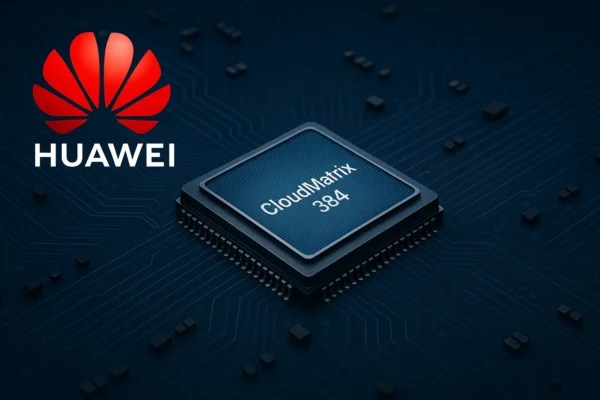
First, let’s break it down. The name might sound a bit like a sci-fi spaceship, but it’s actually a state-of-the-art server setup designed to power the next generation of artificial intelligence. The SuperNode 384 is part of Huawei’s Ascend AI portfolio, and it’s built to run massive AI models and handle extremely high workloads without breaking a sweat.
So, what makes it so special? Well, for starters, it’s powered by 384 Ascend 910 AI processors that’s where the “384” comes from in the name. These chips are Huawei’s answer to NVIDIA’s powerful GPUs, and they’re designed specifically with AI in mind.
Why Is This a Big Deal?
You might be wondering — what’s the big fuss? Isn’t this just another server? Not quite. Here’s why the SuperNode 384 is grabbing attention:
- Massive compute capability: With 384 AI processors, it offers an intense amount of computing power, ideal for training large AI models like ChatGPT or image recognition systems.
- High memory bandwidth: It’s designed to move data around extremely fast, which is critical for AI performance.
- Sustainability: Huawei claims it’s more energy-efficient something many data centers value as they aim to reduce power usage and emissions.
In short, this new hardware can compete head-to-head with some of the best options currently on the market — most of which are made by NVIDIA.
NVIDIA’s Long-Standing Reign in AI Hardware
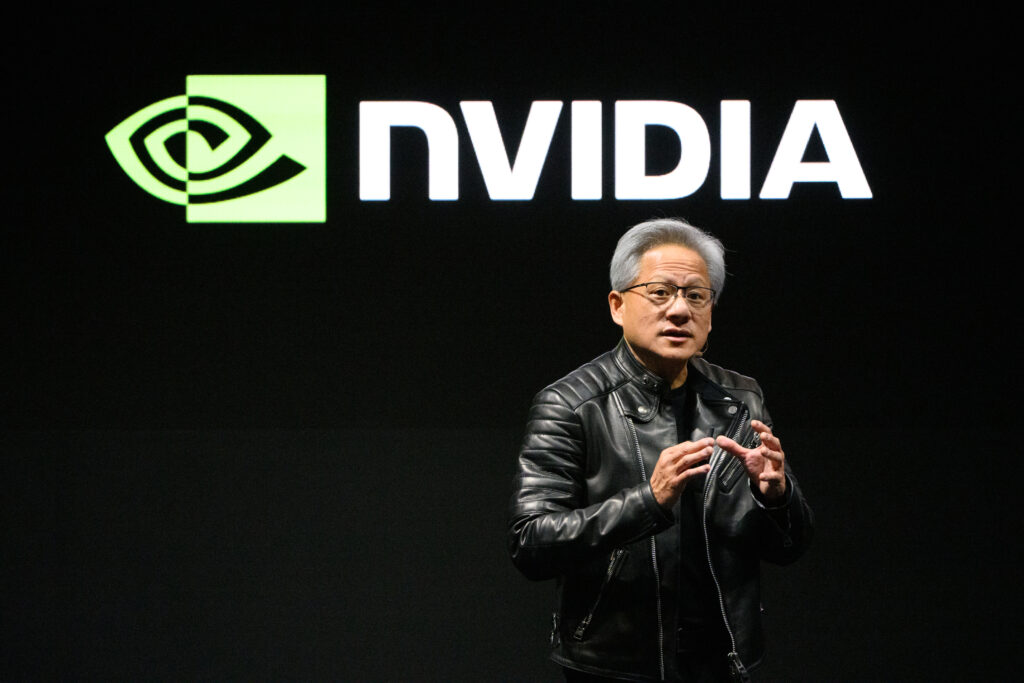
NVIDIA has been dominating the AI space for over a decade. Its graphics processing units (GPUs) were originally made for gaming, but their ability to process millions of tasks in parallel made them a perfect fit for AI workloads. Since then, NVIDIA has doubled down, creating products and software tailor-made for machine learning and AI training.
Chances are, if you’ve used an AI-powered app recently whether it’s a photo filter, a chatbot, or a recommendation engine there’s a good chance that NVIDIA’s technology was running behind the scenes.
This dominance has made it hard for other companies to get a foothold. But that could be changing.
Huawei Is Setting Its Sights on More than Just China
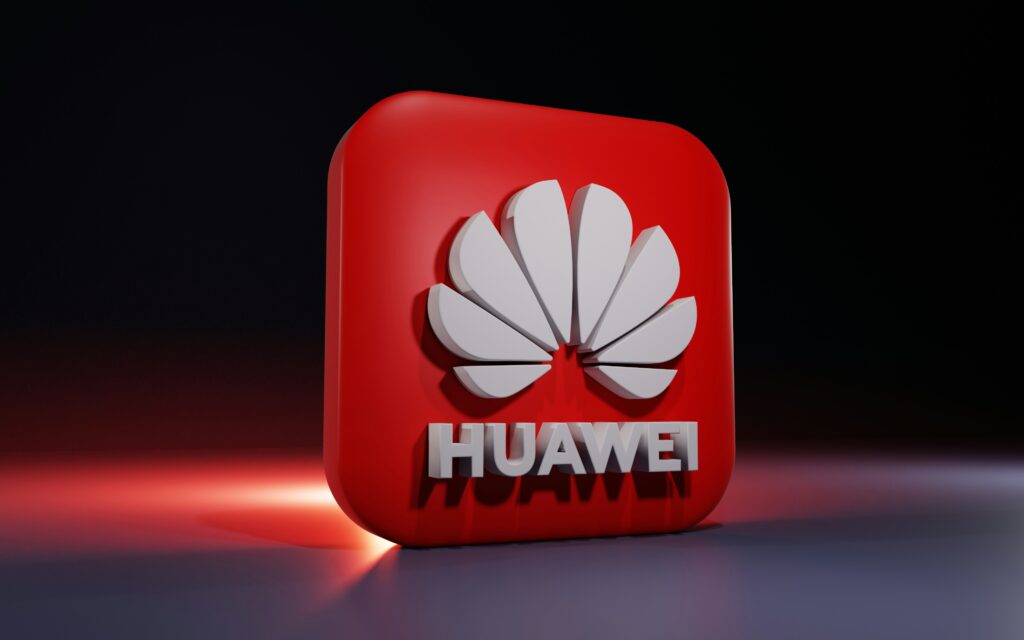
It’s worth noting that Huawei has made great strides inside China’s borders. Due to export restrictions from the U.S., Huawei has had to become more self-reliant, especially when it comes to cutting-edge tech like chips and servers. The development of the SuperNode 384 is a big step in that direction.
But Huawei isn’t just playing defense it’s going on the offense. By building a system that can rival or even outperform NVIDIA’s offerings, the company is setting its sights on both domestic and global tech markets.
What’s Under the Hood
The SuperNode 384 is a beast in terms of specs, but here’s the breakdown in plain English:
- 384 Ascend 910 processors: These chips are specialized for AI tasks and can process huge amounts of data quickly.
- 800 Gbps networking: In tech speak, that means data zips around the system at lightning-fast speeds.
- Built for large AI models: Think natural language processing (NLP), image generation, robotics anything that requires brainpower.
Basically, it’s like a supercomputer tailored for artificial intelligence, giving organizations a non-NVIDIA alternative for advanced AI work.
What It Means for the AI Market

This launch matters because it signals a potential shift in the AI hardware market. Here’s how:
- More competition: With Huawei entering the scene aggressively, it could put pressure on NVIDIA to innovate faster or adjust pricing.
- More hardware choices: Developers and researchers may soon have more options for building and deploying AI systems, breaking up the current NVIDIA monopoly.
- International tensions: Much of this progress is happening in parallel with global tech supply chain struggles and trade restrictions. It’s not just about technology there are real geopolitical elements in play.
In essence, having more players in the game helps drive innovation. Just like competition between Apple and Android pushed smartphones to evolve fast, Huawei and NVIDIA duking it out could do the same for AI.
The Bigger Picture: AI Won’t Wait
Why all the focus on AI hardware lately? Because AI is growing fast. Applications that once seemed like science fiction are now part of our everyday lives: voice assistants, self-driving cars, smart cameras, even AI-written blogs like this one (well, mostly human!).
And powering all of these applications? You guessed it high-performance AI chips like the Ascend 910 or NVIDIA’s H100.
People and companies are hungry for faster, cheaper, and more powerful solutions. Whether it’s a startup training chatbots or a hospital using AI to detect tumors in scans, the need for cutting-edge AI hardware is worldwide.
So, Will Huawei Unseat NVIDIA?

Time will tell. NVIDIA still holds a strong lead, backed by years of research, user trust, and well-established software tools like CUDA. But Huawei has proven it’s not just a junior player anymore.
If the SuperNode 384 lives up to the hype delivering faster processing with lower energy use it could inspire big changes in how companies choose their AI tools.
Final Thoughts
The arrival of Huawei’s SuperNode 384 is more than just a tech announcement it’s a signal that the AI hardware landscape is evolving. With rising demand for scalable and efficient AI infrastructure, having more options on the market is good news for everyone.
Whether you’re a tech enthusiast, a business owner, or just curious about where the world is heading, one thing’s clear: the AI arms race is heating up, and competition is the fuel that keeps it going.
So, what do you think? Could Huawei’s AI powerhouse be the push the industry needs to move faster or even smarter?
If you’ve got thoughts or questions, drop them in the comments. Let’s keep the conversation going!
